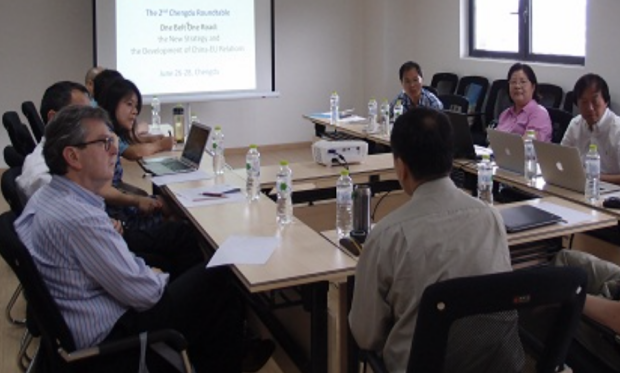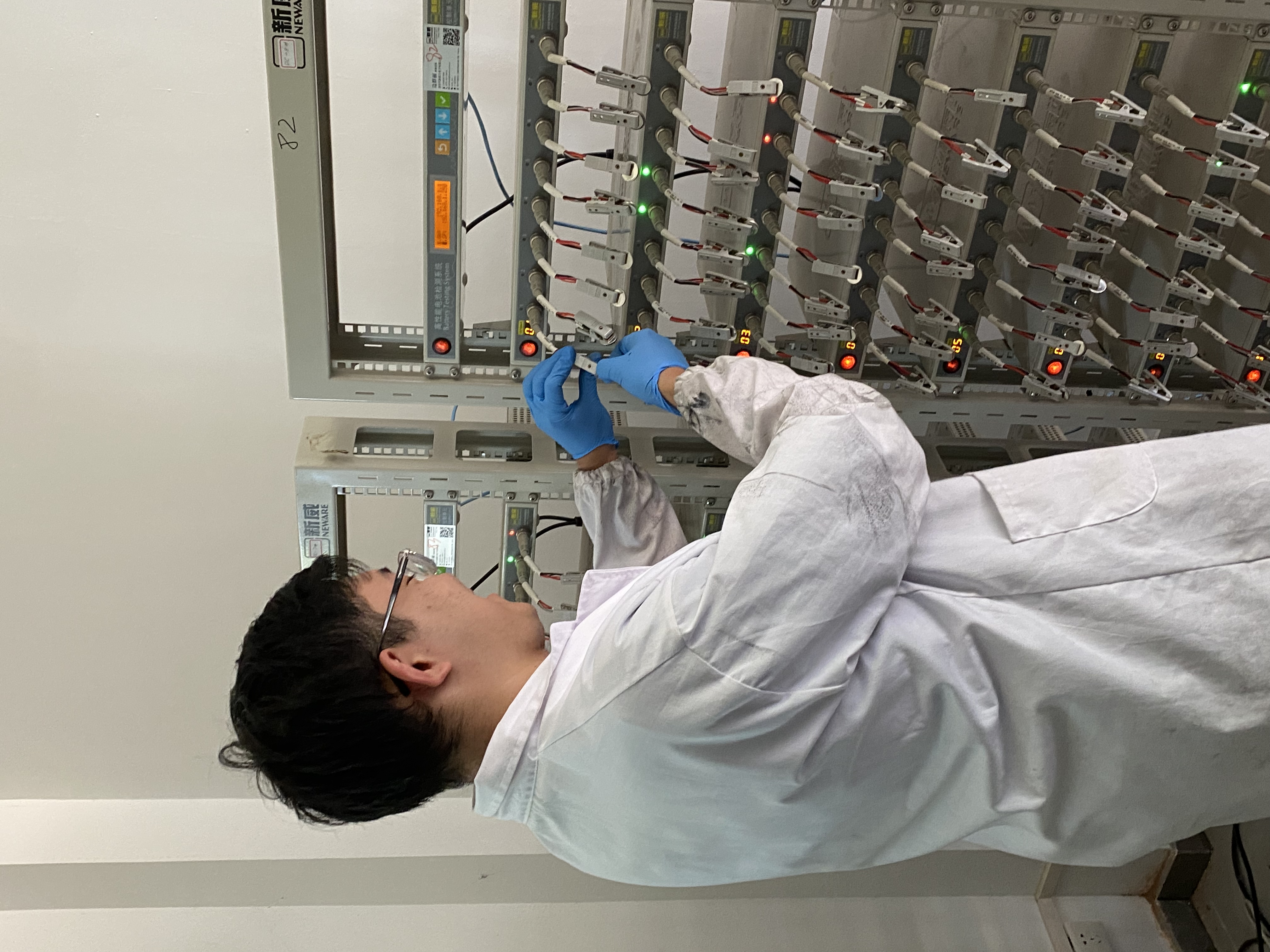The concentration of lithium in seawater is only 0.17 ppm, yet it contains energy sufficient to power electric vehicles globally for 200 years. Today, a cross-continental student team led by students from Queen Mary University of London (QMUL), in collaboration with students from Oxford University, Durham University, and the University of New South Wales (UNSW), has officially released the prototype of its latest generation "selective electrochemical intercalation lithium extraction electrode". This electrode achieves an extraction efficiency of 92.3% from real seawater within 24 hours, with a purity of ≥ 99.7%. For the first time, a student-led project has achieved long-term stable operation at commercial current density (5 mA cm⁻²).


This project was led by the QMUL student team, which designed a 3D-printed carbon nanofiber framework based on λ-MnO₂/polypyrrole gradient coating. By precisely controlling lattice distortion, the diffusion coefficient of Li⁺ was increased by one order of magnitude. Subsequently, in situ synchrotron radiation characterization provided by students from Oxford University was used to verify the intercalation-deintercalation mechanism at the atomic scale.
The commercial feasibility was demonstrated by the Durham University student team, which constructed an economic model based on Levelized Cost of Li₂CO₃ (LCL). The results showed that if this electrode is integrated into existing seawater desalination plant discharge ends, the levelized cost of lithium carbonate could be reduced to 3.1 USD kg⁻¹, lower than the average cost of lithium extraction from salt lakes in South America in 2024 (4.8 USD kg⁻¹). The team stated: "We have had preliminary communication with three potential investors, and they showed strong interest in the 'zero additional land occupation, zero additional water extraction' model."
The machine learning and system modeling phase was undertaken by the students from the University of New South Wales. They trained a Graph Neural Network based on a 1.2 TB DFT-MD hybrid dataset, predicting the effects of 23 dopant elements on the lattice constant and Li⁺ adsorption energy of λ-MnO₂, successfully reducing the experimental search space to 4 optimal element combinations, saving approximately 60% of trial-and-error time. The team also developed a digital twin platform that can simulate ion transport at the electrode-electrolyte interface in real time, enabling self-optimization of process parameters.
During the six-month project management period, the four-university team adopted the "virtual twin laboratory" mechanism: QMUL was responsible for the overall experimental route, Oxford provided the characterization window, Durham conducted commercial iterations, and UNSW was responsible for algorithm updates. Every Monday at 00:00 GMT, the students from the four locations synchronized data through the open-source GitLab; on the last Wednesday of each month, the team held a "24-hour relay" online meeting to ensure no time zone blind spots. The team members have collectively published 4 high-quality papers, and the core technology of the project was published in the top journal AFM, and four intellectual property rights were obtained.
Regarding the next plan, the team has currently formulated a detailed financing plan and equity distribution based on a business model analysis. The team's goal is: to make the device ISO standard container size by 2027, so that every seawater desalination plant can become a 'blue lithium mine'.